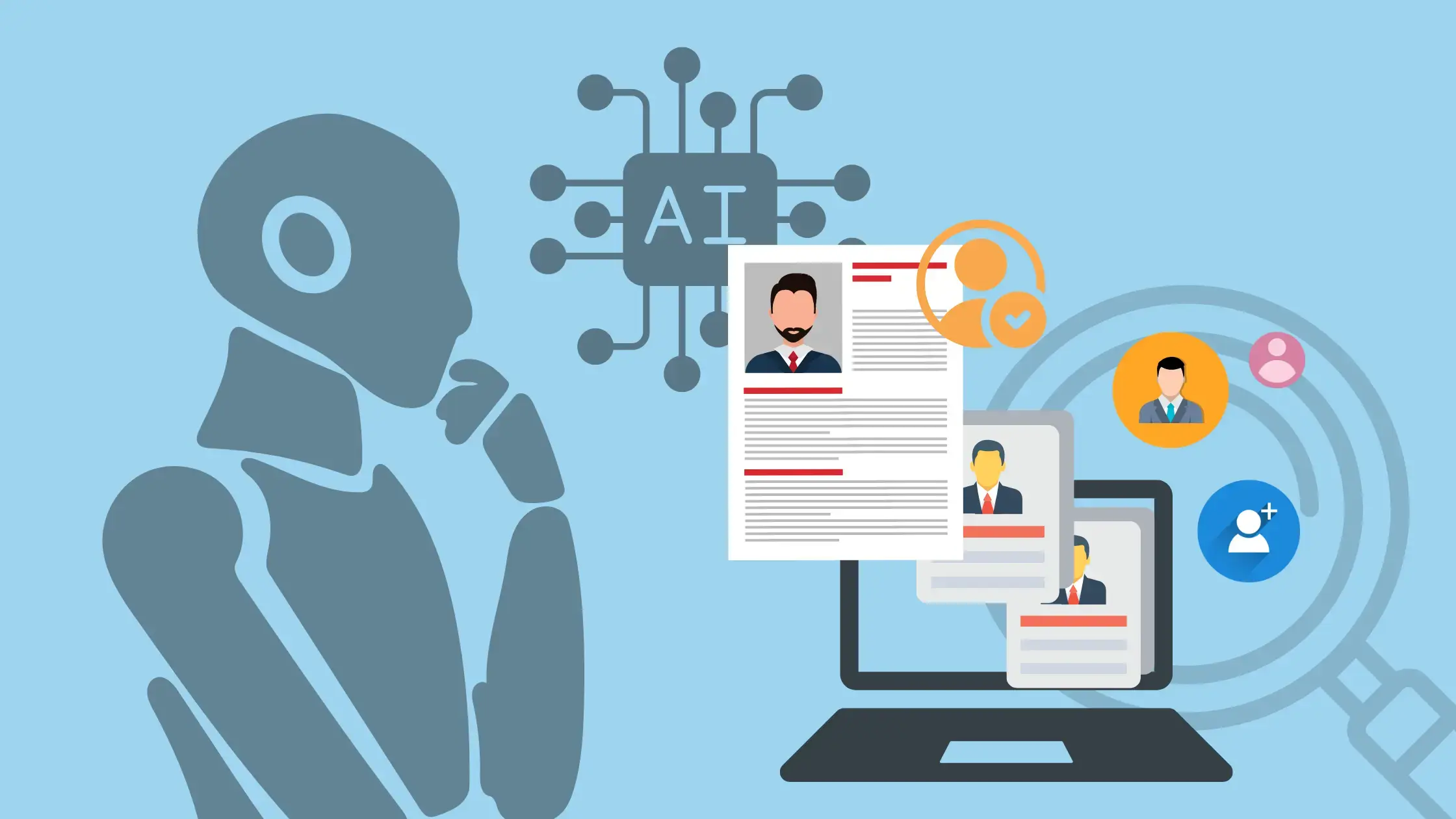In today’s competitive job market, finding the right talent can be a daunting task for companies of all sizes. Organizations often struggle with whether to rely on in-house recruiting efforts or partner with a staffing agency. While both approaches have their merits, working with a staffing agency o...

In 2025, workplace burnout is more than just a buzzword—it's a critical issue affecting employees across industries. The pandemic-induced shift to remote work, economic uncertainty, and the rapid pace of technological change have all played a role in amplifying stress levels, leading to burnout. At Staffbright, we understand that burnout not only impacts employees’ well-being but also affects company productivity, employee retention, and recruitment efforts. Employers need to take proactive steps to prevent burnout and foster a healthy, sustainable work environment.
What is Workplace Burnout?
Workplace burnout is a state of emotional, physical, and mental exhaustion caused by prolonged stress in the workplace. It often manifests as feelings of overwhelm, detachment from work, reduced performance, and a lack of motivation. While burnout can affect anyone, employees in high-stress roles or with poor work-life balance are especially vulnerable.
The Key Drivers of Burnout in 2025
Several factors contribute to burnout in today’s work environment:
- Hybrid and Remote Work Challenges: While flexible work arrangements offer numerous benefits, they can blur the boundaries between personal and professional life. Employees may find themselves working longer hours or feeling isolated, leading to mental exhaustion.
- Increased Workload: As companies streamline operations and try to do more with less, employees are often tasked with taking on additional responsibilities, leading to stress and fatigue.
- Lack of Recognition and Support: Employees who feel undervalued or unsupported are more likely to experience burnout. A lack of acknowledgment for hard work can diminish motivation and engagement.
- Constant Connectivity: The expectation of being always available, whether by email, chat, or phone, is contributing to burnout. Constant connectivity can make it difficult for employees to fully disengage from work.
How Employers Can Prevent Burnout in 2025
As staffing and recruiting professionals, we recognize that addressing burnout is not just about offering perks; it’s about creating an environment where employees feel supported and valued. Here are five strategies employers can implement to reduce burnout and create a healthier workplace:
- Encourage Work-Life Balance
Work-life balance has never been more important. Employers should promote flexible working hours, provide mental health days, and ensure employees have the autonomy to manage their own schedules. By fostering an environment where taking time off is encouraged and respected, employees are more likely to avoid burnout and remain productive in the long run.
- Provide Mental Health Resources and Support
Burnout is closely tied to mental health, so employers should offer resources like counseling services, stress management workshops, and mindfulness programs. Having access to mental health support not only reduces burnout but also shows employees that their well-being is a priority.
- Promote Clear Communication and Expectations
Miscommunication and unclear expectations can contribute to stress. Employers should set clear goals, provide regular feedback, and maintain open channels of communication. Employees should feel comfortable expressing their concerns and asking for help when needed. Transparent communication fosters trust and ensures employees are aligned with company objectives.
- Recognition and Career Development Opportunities
Employees who feel their efforts are appreciated are less likely to experience burnout. Regularly recognizing achievements, both big and small, can go a long way in boosting morale. Additionally, offering opportunities for professional development and career advancement gives employees something to look forward to, reducing feelings of stagnation and disengagement.
- Foster a Supportive Company Culture
A strong, supportive company culture can help prevent burnout. Encourage team-building activities, foster relationships among colleagues, and create an inclusive, welcoming environment where employees feel valued and connected. When employees feel like they belong and are supported by their peers and management, they’re more likely to remain engaged and motivated.
The Bottom Line
Preventing burnout in 2025 requires a holistic approach that goes beyond surface-level perks. Employers must prioritize their employees' mental health, offer flexibility, and cultivate a supportive, transparent work culture. By taking proactive steps to address the root causes of burnout, employers can not only enhance employee satisfaction but also improve retention and productivity. At Staffbright, we’re committed to helping employers create a workplace where everyone can thrive.





